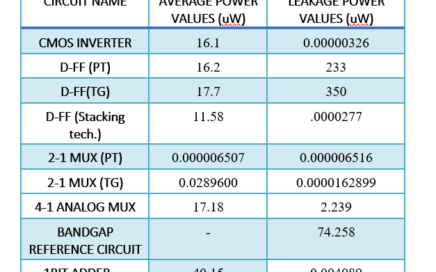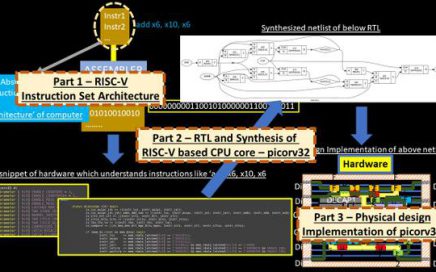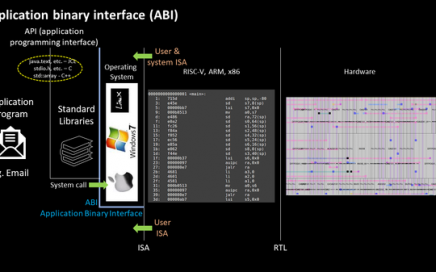
What I did in 8-weeks-VSD Internship? – Open Source Power Analysis Tool Using Python
Power analysis has materialized as a principal theme in today’s world in semiconductor industries. As very large scale integrated circuit (VLSI) are far beyond from human ability because of complexity in nature. So to analyse power in these circuits we use open source computer aided tools, plenty of tools are available but most of them are costly. I designed an open source power analysis tool for the academic use. This tool gives out values of average and leakage power of any circuit by just giving the netlist of circuit file along with name of supply voltage as input. This tool is designed in python language.



